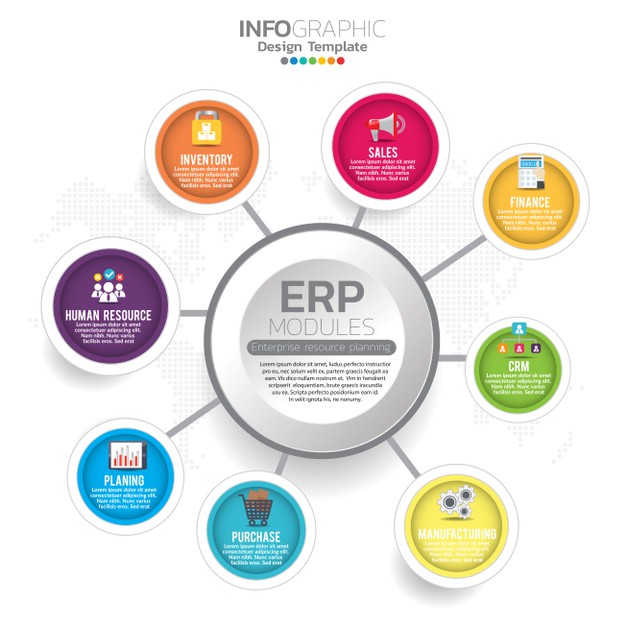
Top 10 trends shaping the ERP landscape
Here are the top 10 trends shaping the ERP landscape this year.
The economy: Investing in ERP is difficult in times of uncertainty. But vendors say business is picking up again. Perhaps ERP sales should be the bellwether for economic trends. In any event, vendors are still hungry and will be competitive at least in terms of licence costs.
ERP for life: Not long ago, organizations selected a new ERP system every five to 10 years. They did this to stay competitive and because ERP systems were still relatively new. Vendors were able to attract new customers because they leapfrogged the competition with new features. But now, the more successful products have matured and many offer the same basic functions. Today, most organizations don’t acquire a new system unless they have very compelling reasons to do so.
Integration: This is still the biggest challenge for many organizations. When considering a new ERP system, companies often ask whether they should invest in ERP or best of breed. Ironically, many ERP systems are really best of breed under the covers. The ERP vendors have purchased software to expand their offering and their various systems have different user interfaces and databases. Ideally, there should be some integration between the databases and there should be only one security setup. Some vendors will tout service-oriented architecture (SOA) as the panacea to integration. Think of SOA as the latest way to integrate applications. But buyer beware – you want to see it to believe it.
Software on demand: More companies are starting to outsource their software and data to another company rather than maintain it themselves. That way, they don’t need to invest as much in the computer infrastructure or IT resources. There are two outsourcing options: the hosted model and software as a service (SaaS). The hosted model offers a complete infrastructure of computing hardware and software. This requires a separate installation for each customer. With SaaS, there is a single instance of the software, which can be accessed over the web by multiple customers at the same time. The technology that supports this is called multitenant architecture. The advantage of SaaS is that when the vendor updates its software, all customers are updated at the same time. For that reason, the hosted model would be preferable for customized software, which requires changes to source code. While Citrix or Terminal Services are sometimes used with the hosted model, they are not required for SaaS, which is typically web based. SaaS is mainstream now for customer relationship management but it has a way to go in ERP. Cloud computing is the hosted model except that it is done entirely over the Internet. It provides dynamically scalable hardware, software and networks as a service over the Internet and could be used for any computer application.
Mobile ERP: Mobile ERP allows users to complete workflow tasks (such as approving purchase orders) from their mobile devices. The huge demand for mobile ERP helps explain SAP’s recent investment of $5.8 billion to acquire Sybase, known for its mobile technology.
One throat to choke: This means one vendor supplies an entire software stack for your needs. Since it is responsible for all your software, it cannot point to another vendor when problems occur. The stack approach offers the potential for better integration between the various layers as well as performance optimization. However, it can also lead to overreliance on one vendor and a loss of negotiating leverage. One company that is promoting a stack is Oracle, which has ERP, database, middleware (for integration) and even hardware (the company purchased Sun in January 2010).
Mid-market focus: All ERP vendors are still vying for the mid-market. An article on itbusiness.ca entitled “SAP in 30 days; with the channel’s help” (February 26, 2010) reads: “It seems unheard of or near impossible to implement SAP in 30 days, but SAP Canada president and channel chief believe they are heading in that direction with the help of channel partners….” SAP is clearly targeting small to medium-sized companies now with its Business All-in-One system. You have to wonder whether it still needs SAP Business One, which was initially targeted to the same market.
Vertical specialization: Some ERP vendors specialize in one vertical and offer not only industry-specific software but also advice on best practices. The major ERP vendors offer solutions that cross industries but do this in different ways. One way is to build multiple industry functionality right into the software, as is the case with SAP Business All-in-One. Another is to extend the system to multiple industries through third-party developers who add extra functionality using the same tools as the ERP vendor. Yet another approach is just to acquire the vertical software as Oracle did in acquiring Retek, which is used by retail businesses.
Consolidation: It’s definitely not over. An ERP vendor has to put in a lot of effort to win a new customer. But once it does, it can charge 18% to 22% a year for maintenance and support. ERP for life translates into a valuable annuity for ERP vendors and there is no quicker way to obtain clients than through acquisition.
Third-party maintenance: Organizations resent paying the 18% to 22% annual maintenance and support fees to the ERP vendors. They are turning to third-party companies for support if they are content with current functionality or see no indication that the ERP vendor is investing in enhancements of value to them.
Note that the analysis in the charts is based on the vendors’ responses. Although we tried to correct any obvious errors, we cannot validate every line item. However, we do believe the vendors are inclined to be honest, especially if the questions are very specific. Vendors usually need to jump through hoops to win your trust during the selection process. Trust is hard to win but easily lost.
—
Thanks to Mr.Michael Burns.
Comments
Jossy: good reference..".
Leave a Reply